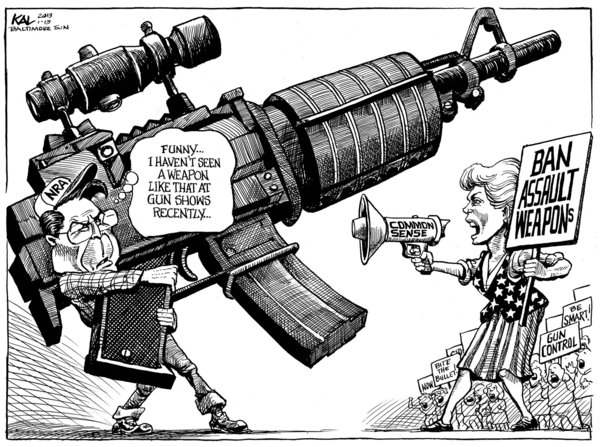
by Michael Handley
Targeted GOTV programs in the 8 to 12 weeks before Election Day are essential. The problem Democrats face is that candidates and activists don't know the names, addresses, (cell) phone numbers, email addresses and social media site hubs of enough Democratic leaning people to target for positive GOTV contact in this 8-12 weeks to poll anything close to 50.1% of the vote.
The Republican presidential candidate, Mitt Romney, was the decisive
2012 winner of this consistently red state. Romney rolled up 57 percent
(4,555,799) of the 2012 vote compared to Obama’s 41 percent (3,294,440)
of the vote. Romney won Texas by 1,261,359 votes this year.
This year, Obama won 50 percent or more of the vote in seven of Texas' fifteen largest counties -- see chart at bottom of this post. In the last three presidential year general elections, the nine largest counties made up between 53-54 percent of the total vote: Harris, Dallas, Tarrant, Bexar, Travis, Collin, Denton, Fort Bend and El Paso.
In 2012, these nine counties represent 54 percent (4,330,888) of the total vote(7,965,384) in Texas. In these nine counties, 59 percent of the 7.27 million registered voters turned out to vote for one of the presidential candidates, but only 40% of the
10.7 million eligible voting age persons living in those counties voted.
In the Nov. 2012 election, Pres. Obama's performance in Collin County declined on both raw vote count and vote spread, while Romney's performance (196,000) improved over McCain's 2008 vote count and percentage wins. In 2008, Pres. Obama polled 209,047 (37%) votes in Collin Co., but only 101,000 (32%) votes in 2012.
There are now nearly 465,000 registered voters in Collin Co. out of an estimated voting age population (VAP) of about 700,000 people.
The chart below shows that a very high percentage of the most conservative Republican portion of the VAP (age 50 and older) voted in 2012, while a high percentage of younger registered Collin Co. residents did not vote. About 166,000 of already registered young voters didn't vote. Another large portion of younger Collin Co. residents (under age 50) aren't even registered. About 207,000 Collin Co. of mostly younger residents were not registered to vote for the November 2012 election.
President Obama polled only 32 percent of the 2012 vote because a very
low portion of the most progressive Democratic leaning potion of the
electorate (age 39 and younger) did not vote. Where Democrats did win
across Texas it was because larger percentages of younger voters voted.
In a 2012 national
exit poll, 59 percent of 18 to 29-year-olds said government should be doing more to solve problems. Just 37 percent thought government was doing too many things better left to businesses and individuals. That is basically the reverse of the sentiment among seniors: just 35 percent of this age group thought government should be doing more, compared to 58 percent who thought government is doing too much.
Assuming younger Collin Co. voters carry the same views as those in the rest of America, getting more younger voters to the polls must be a key strategy for Democratic candidates
. There is currently no way to urge younger voters to get out and vote because the party leanings of
individuals in younger age cohorts have not been identified through canvassing programs, and they have no primary election voting history to indicate party affiliation. (click picture to enlarge)
Even if party-related organizations and candidates could identify those potential young voters, the only way to make contact with them is by knocking on their front door. That is because that
part of the electorate has a cell phone mostly lifestyle and no voter
information data base contains their cell number, email address, or social
media site preferences.
Democrats have about 93 weeks until early voting starts for the Nov 2014 election. Activists at the county and neighborhood levels must work every week to identify every Dem leaning voting age citizen, documenting their contact and demographic info. As
Democratic leaning people are identified, county level organizations must plan and execute programs that build relationships
with those people to make them an active part of the Democratic base.
Those programs must be designed to invite that disconnected part of the electorate to participate in regular conversations at house and town hall meetings, and on social media. Democrats must do old fashioned base building work, and learn how to combine Internet and mobile communication with those traditional community organizing activities to accomplish that mission.
 Yesterday, Governor Rick Perry gave his 7th State of the State address outlining his priorities for the state of Texas. Left out of the list of Republican priorities that Perry outlined in his
45-minute address are the legislative priorities being pressed by
Democrats in the Texas Senate and House.
Yesterday, Governor Rick Perry gave his 7th State of the State address outlining his priorities for the state of Texas. Left out of the list of Republican priorities that Perry outlined in his
45-minute address are the legislative priorities being pressed by
Democrats in the Texas Senate and House.







